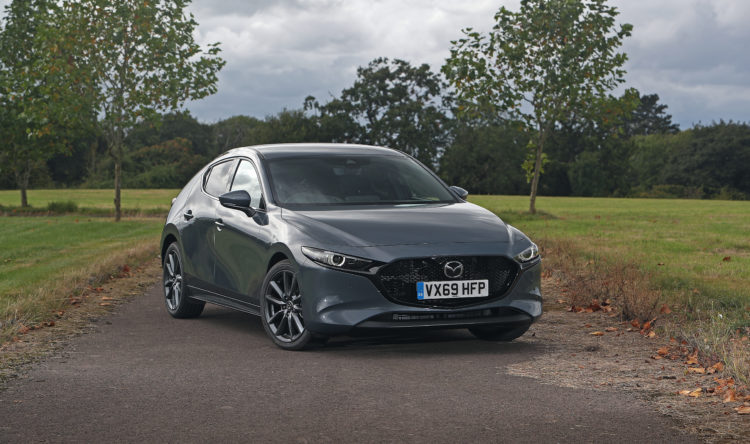Electrifying drive
EV owners regard range anxiety a distorting myth
In a testament of satisfaction in zero-emission mobility, EV drivers are going the extra mile.
In fact, on average they are annually travelling 630 clean kilometres1,2 (km) further than European internal combustion engine (ICE) drivers. The news comes on the back of research commissioned by Nissan.
The study reveals EV drivers are totalling more than 14,200km1,2 yearly. Their ICE driver counterparts are averaging 13,600km1.
“This research reiterates that electric driving is not only a smart option beneficial to the environment but also a fun, exciting and convenient choice for the owners. It is no surprise that people now drive EV further than ICE cars. We are confident that with more EV on the road dispelling myths, range anxiety will soon be in the past,” said Arnaud Charpentier, Region Vice President, Product Strategy and Pricing, Nissan AMIEO.
Going the distance
Reassuringly, the majority (69%1) of EV drivers are happy with the current charging infrastructure available. Likewise, almost a quarter (23%1) believe the most common myth surrounds the current charging infrastructure not coping.
Switching-on
Almost half (47%1) of ICE drivers say the main advantage of a petrol or diesel car is greater range autonomy. Likewise, when looking into the reasons behind the 30%1 of ICE drivers who are unlikely to consider a fully electric vehicle, the majority (58%1) say the biggest concern is that EVs have low driving range autonomy.
Further exploration into factors that would convince drivers to switch unsurprisingly reveal:
- 38%1 of ICE drivers believe the biggest pull-factor would be greater range
- 32%1 of ICE drivers would be drawn by ease of charging.
- 30%1 note having a better charging infrastructure would persuade them to switch.
However, despite these results, drawing comparison with those who have already converted to an electric car, EV drivers confidently counteract these fears. 70%1 of existing EV drivers note their experience of range has been better than they expected. These findings serve as a strong indication to ICE drivers that range should not be a deterring factor for switching to an EV.
Distorted reality
The survey also uncovers a strong disconnect surrounding charging and infrastructure. It is EV drivers who don’t currently utilise the facilities that are concerned – the fear of the unknown.
- 56%1 of ICE drivers who are not considering an EV believe there are not enough charging points
- 56%1 think they are more expensive to buy than their petrol/diesel equivalent
- 48%1 suggest there is not enough public charging infrastructure.
However, over a quarter of EV motorists say that running out of charge (28%1), charging time (30%1) and EVs being expensive (31%1) are amongst the biggest myths of EV driving, implying that charging and infrastructure are sufficiently developed.
Just the start
During the Nissan LEAF’s first decade, the original mass-market 100% electric car has attracted over 500,000 owners globally. Collectively, these owners have travelled enough zero-emission miles to drive around the earth 400,000 times.
“This is an exciting time for the automotive industry,” says Arnaud Charpentier. “There will be more choice to help inspire drivers to make the switch”.
# # #
Research
1 OnePoll surveyed 7000 respondents from the UK, France, Germany, Netherlands, Spain, Italy and the Nordics (Norway, Sweden and Denmark) from 29th January 2021 to 23rd February 2021. The survey was conducted online using panel members who are credited to participate in surveys. Respondents who drive EV or ICE vehicles were targeted using screening questions and profile data in order to ensure the correct demographic was achieved. Specific quotas were set to ensure market representation.
2 Average number of miles yearly pre-2020 and Coronavirus restrictions






